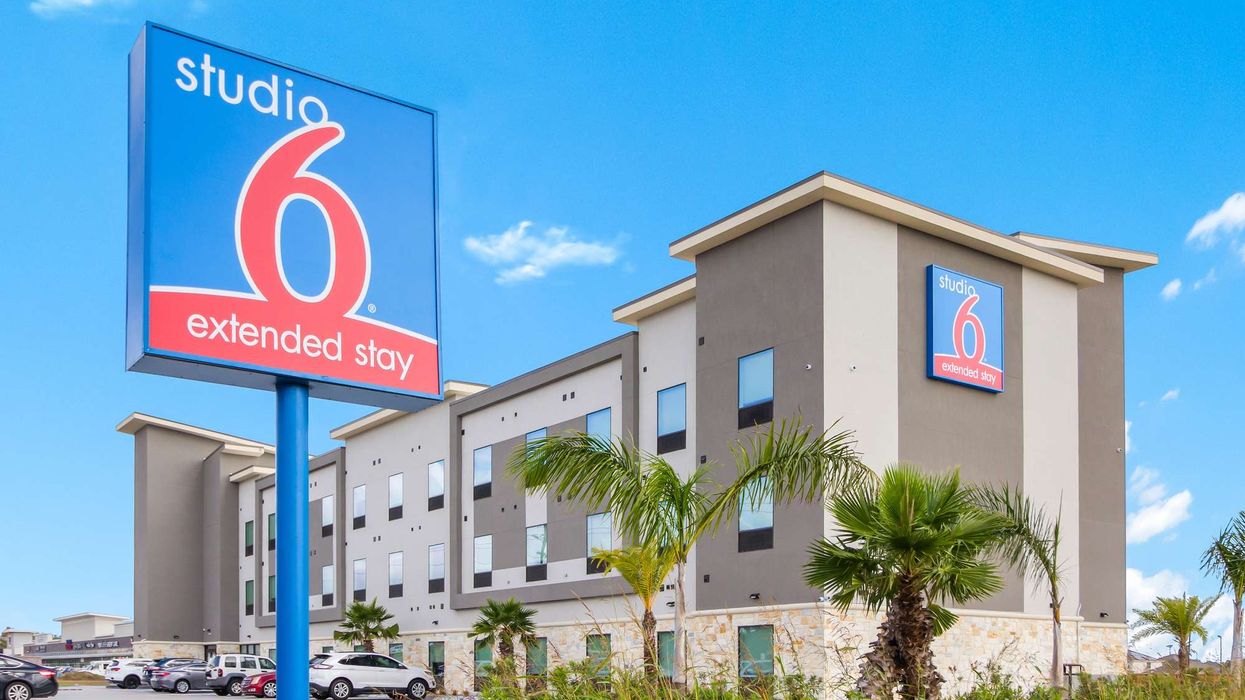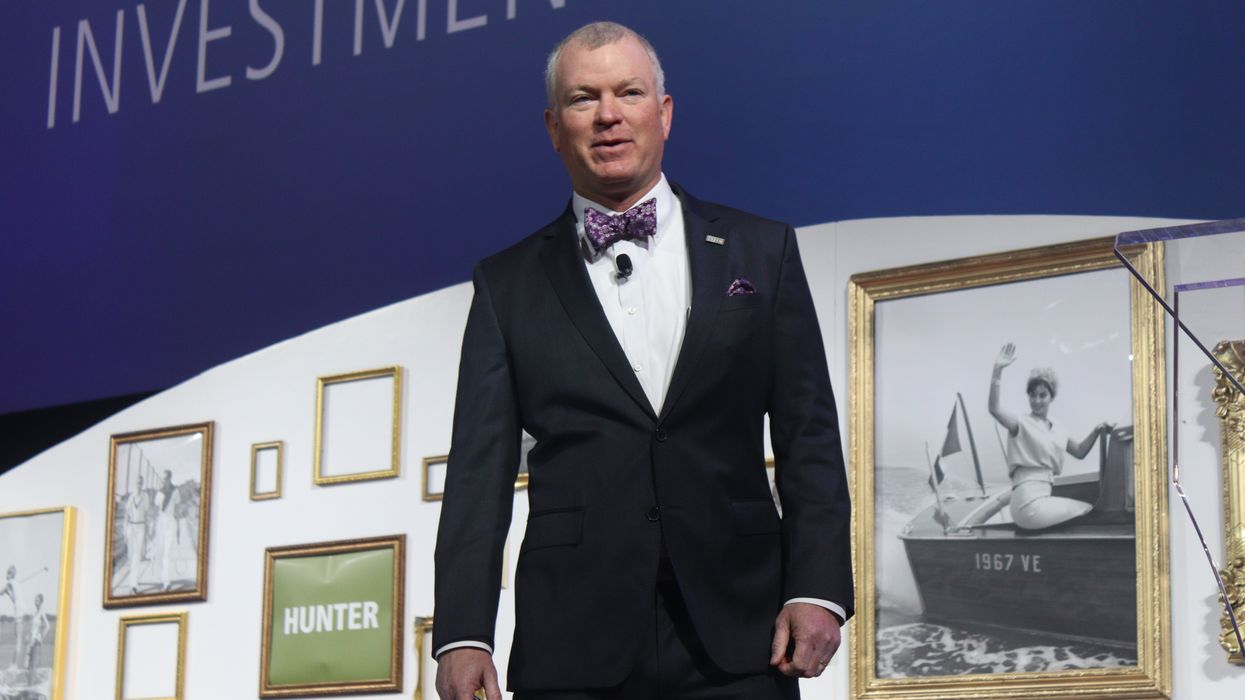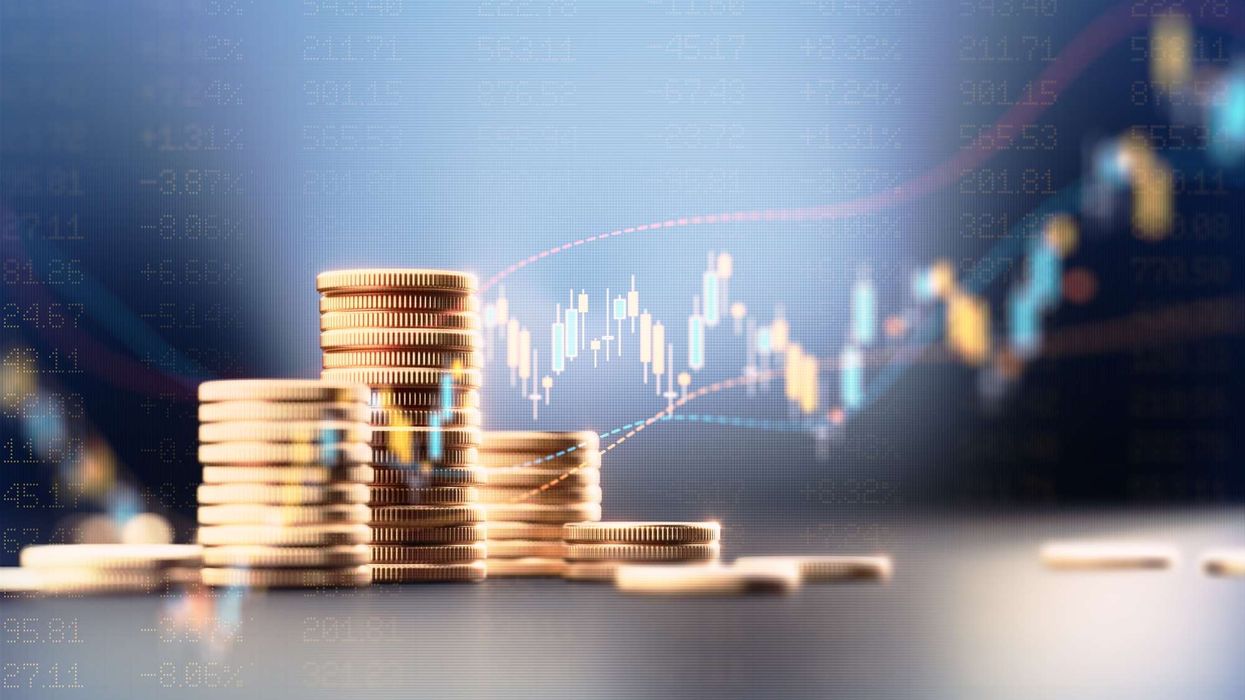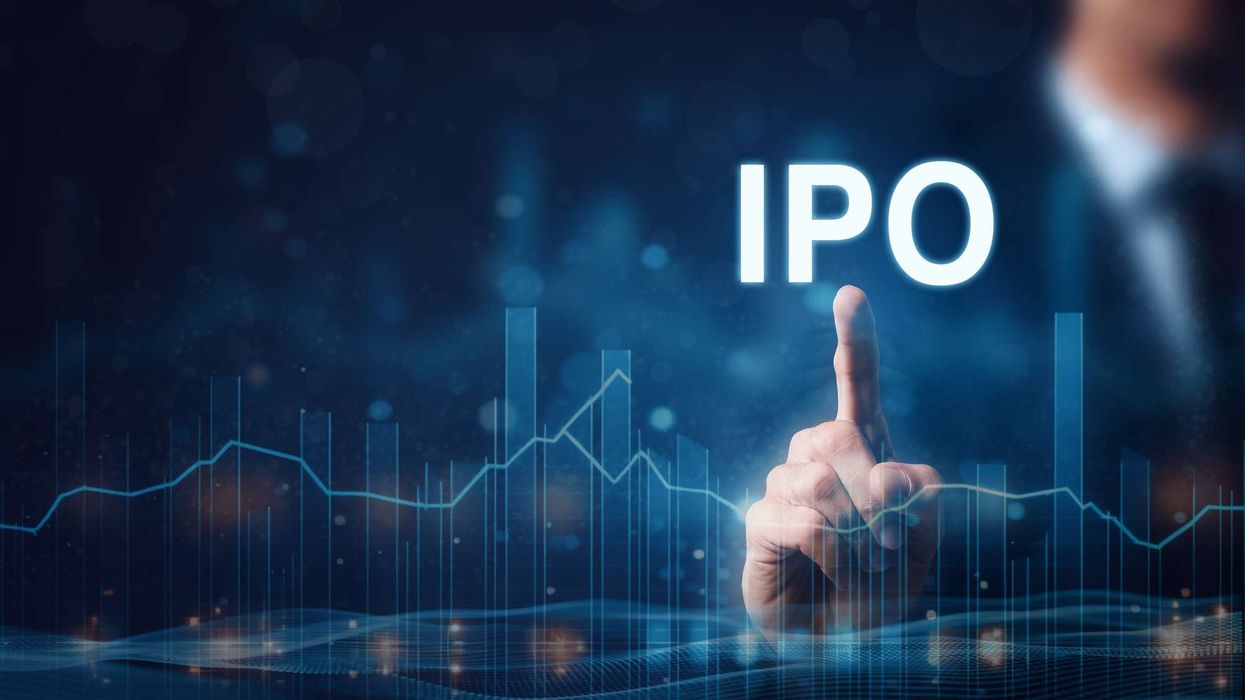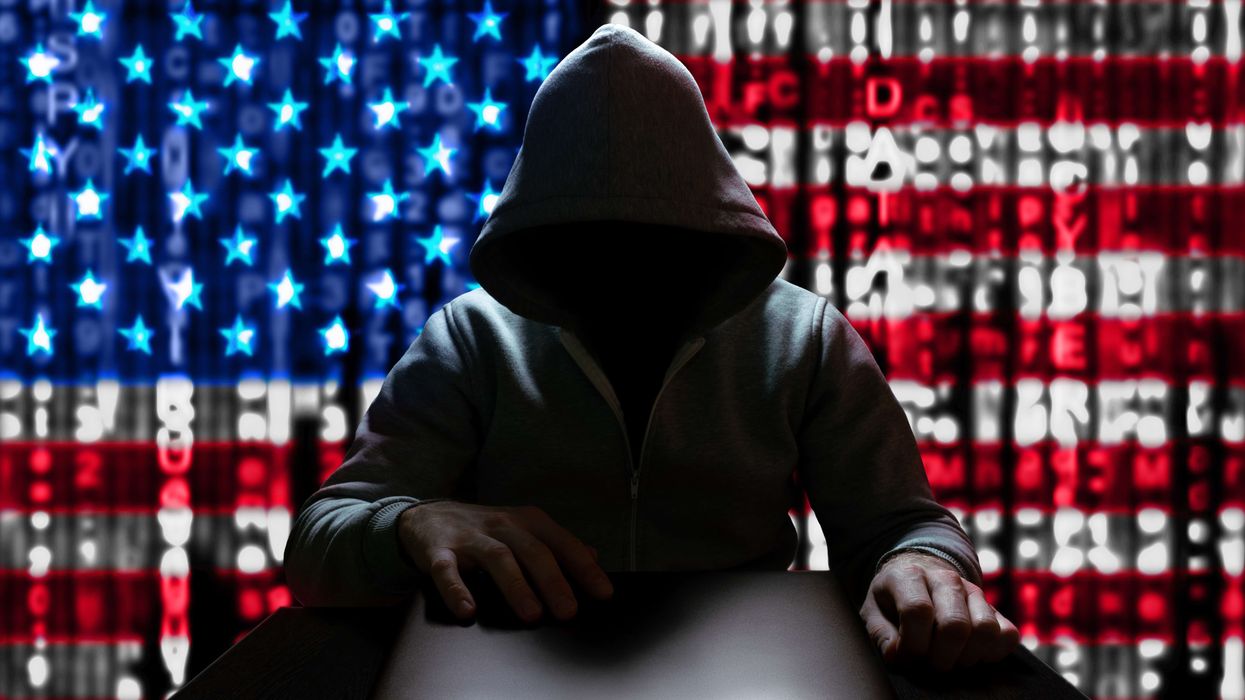THE OCCUPANCY RATE for U.S. hotels slowly picked up in the week ending May 16 compared to the previous week, according to STR. The year-over-year comparison was down 54.1 percent.
Occupancy stood at 32.4 percent during the second week of May compared to 30.1 percent a week before. The occupancy rate was 21 percent in the week ending April 11.
ADR for the week of May 11 stands at $77.55, down 42.4 percent compared to a year ago. RevPAR dropped 73.6 percent to $25.12.
“The trend of ‘less bad’ data continued with occupancy and ADR on a slow climb driven by a fifth consecutive week-to-week increase in demand,” said Jan Freitag, STR’s senior vice president of lodging insights. “Last week’s data showed demand of more than 10 million room nights sold for the first time since the end of March, and this past week, the industry inched close to 11 million. All 50 states have at least partially reopened, so slow weekly demand growth should continue with more leisure activity around the country.”
Aggregate data for the top 25 markets showed larger year-over-year declines than the national averages. Occupancy declined 61.2 percent to 30.1 percent, ADR was $82.46, down by 50.9 percent, and RevPAR decreased 81 percent to $24.82.
In New York occupancy stayed flat at 43.6 percent compared to the previous week. In Seattle, Washington, occupancy was 27.6 percent during 10-16 May, up from 24.8 percent the week prior.
Among those Top 25 Markets, Oahu Island, Hawaii, experienced the largest year-over-year drop in occupancy by 86 percent to 11.7 per cent. RevPAR fell sharply to $15.99, down by 91.2 percent. Boston posted the largest decline in ADR, 64.6 percent to $87.49.
Freitag said that weekend occupancies continue to increase at a healthy clip, especially in drive-to destinations with beach access like Florida, or national park access, such as Gatlinburg, Tennessee.
“The industry will remain largely dependent on the leisure segment as uncertainty remains over when hotels will be ready to accommodate large events and group business,” said STR’s report.
Earlier this week STR and Tourism Economics downgraded their forecast for the U.S. hotel industry’s performance in 2020 from the previous forecast given in late March.
